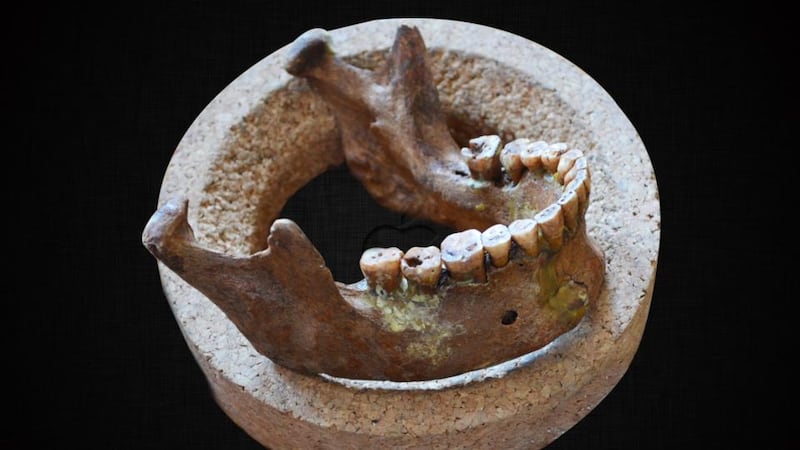Farming arose 12,000 years ago. It taught us how to grow food instead of having to fight and kill it to feed ourselves, but it also created a need thousands of year later for orthodontists to straighten our misaligned teeth.
This finding comes from detailed studies of 292 archaeological skeletons from individuals who lived between 28,000 and 6,000 years ago. University College Dublin was involved in the research along with the Israel Antiquity Authority, and the State University of New York, Buffalo. They published their findings on Wednesday in the journal PLOS ONE.
They found a clear difference between the jawbones of nomadic hunter-gatherers and much later populations of early farmers in the Levant, explains Prof Ron Pinhasi from the School of Archaeology and Earth Institute at UCD.

The hunter-gatherers had a “perfect harmony” between the size of their teeth and the length and shape of their jaws. Everything fit and the teeth were in good alignment.
The early farmers didn’t do as well however. The researchers argue that their change in diet brought about changes in the size and shape of their jaws. Tooth size remained the same but the jaw got smaller and changed shape, causing overcrowding and misalignment, Prof Pinhasi says.
The team puts this down to a changed diet. The hunter-gatherers had to make do with tough foods such as uncooked veg and meat. The early farmers switched however to softer cooked and processed foods such as grains and beans.
The soft cooked and readily available foods from farming meant there was less requirement for chewing which meant a heavy jaw was not necessary. The jaw shrank, the teeth didn’t and this led to the modern requirement for “train-tracks” to bring the teeth into alignment, the scientists believe.
This kind of dental crowding is commonplace today with one in five people affected in modern-world populations, the authors say.









